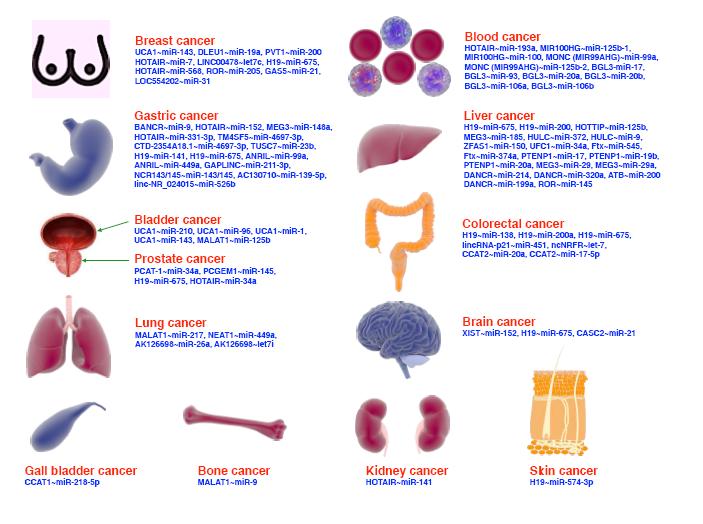| 1. |
Qiang H, Congming Z, Teng M, et al. Plate augmentation and hybrid bone grafting are effective treatments for atrophic nonunion of the femur with the original intramedullary nail retained in situ. Sci Rep, 2024, 14(1): 7089. doi: 10.1038/s41598-024-57809-1.
|
| 2. |
Padilla-Eguiluz NG, Gómez-Barrena E. Epidemiology of long bone non-unions in Spain. Injury, 2021, 52 Suppl 4: S3-S7.
|
| 3. |
Uliana CS, Bidolegui F, Kojima K, et al. Augmentation plating leaving the nail in situ is an excellent option for treating femoral shaft nonunion after IM nailing: a multicentre study. Eur J Trauma Emerg Surg, 2021, 47(6): 1895-1901.
|
| 4. |
Lu Y, Sun L, Wang Q, et al. Osteoperiosteal decortication and bone grafting combined with wave plating for femoral shaft aseptic atrophic nonunion after intramedullary nailing. J Int Med Res, 2022, 50(11): 3000605221139667. doi: 10.1177/03000605221139667.
|
| 5. |
Özdemir A, Odabaşı E, Eravsar E, et al. Treatment of recalcitrant femur nonunion with pedicled corticoperiosteal medial femoral condyle flap. Sci Rep, 2023, 13(1): 20326. doi: 10.1038/s41598-023-47432-x.
|
| 6. |
Wu CC. Aseptic femoral nonunion treated with exchange locked nailing with intramedullary augmentation cancellous bone graft. J Orthop Surg Res, 2022, 17(1): 339. doi: 10.1186/s13018-022-03229-8.
|
| 7. |
Borzunov DY, Kolchin SN. Nonunion of the femoral shaft associated with limb shortening treated with a combined technique of external fixation over an intramedullary nail versus the Ilizarov method. Arch Orthop Trauma Surg, 2022, 142(9): 2185-2192.
|
| 8. |
Zhang Z, Wang X, Zhou Q, et al. A novel classification for aseptic femoral shaft nonunion after intramedullary nailing: a retrospective study. BMC Musculoskelet Disord, 2025, 26(1): 340. doi: 10.1186/s12891-025-08576-1.
|
| 9. |
张伟, 陈华, 唐佩福. 股骨干无菌性骨不连的最新治疗进展. 中国修复重建外科杂志, 2018, 32(5): 519-525.
|
| 10. |
Wu Q, Wang Q, Sun X, et al. Use of controlled nail dynamization technique for femoral shaft hypertrophic nonunion. Front Surg, 2025, 12: 1547793. doi: 10.3389/fsurg.2025.1547793.
|
| 11. |
Tsang ST, Mills LA, Baren J, et al. Exchange nailing for femoral diaphyseal fracture non-unions: Risk factors for failure. Injury, 2015, 46(12): 2404-2409.
|
| 12. |
Kim JW, Oh CW, Park KH, et al. The role of an augmentative plating in the management of femoral subtrochanteric nonunion. Arch Orthop Trauma Surg, 2023, 143(8): 4915-4923.
|
| 13. |
Wang ZH, Li KN, Lan H, et al. A comparative study of intramedullary nail strengthened with auxiliary locking plate or steel wire in the treatment of unstable trochanteric fracture of femur. Orthop Surg, 2020, 12(1): 108-115.
|
| 14. |
Mimata H, Matsuura Y, Yano S, et al. Mechanical evaluation of revision surgery for femoral shaft nonunion initially treated with intramedullary nailing: Exchange nailing versus augmentation plating. Injury, 2023, 54(12): 111163. doi: 10.1016/j.injury.2023.111163.
|
| 15. |
Taheriazam A, Mir Ahmadi A, Abbaszadeh A, et al. Double plating and iliac crest bone graft can safely fix femoral shaft nonunion. Sci Rep, 2024, 14(1): 28988. doi: 10.1038/s41598-024-79513-w.
|

 1/5
1/5
